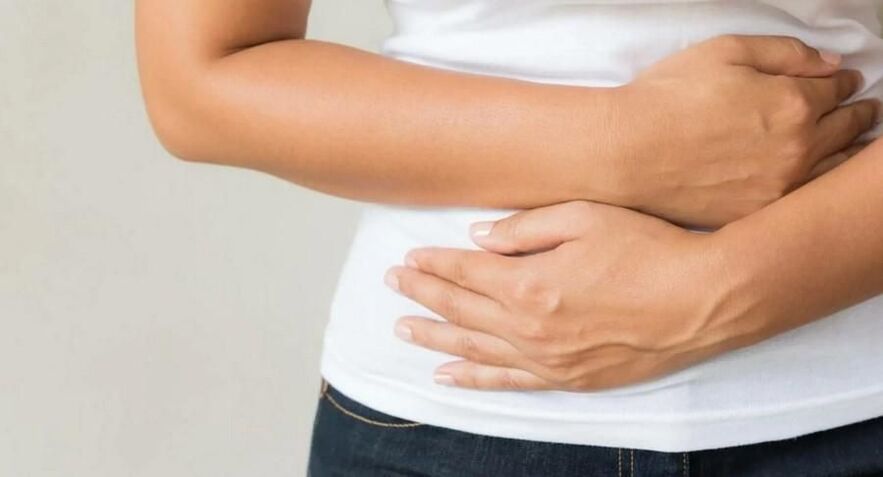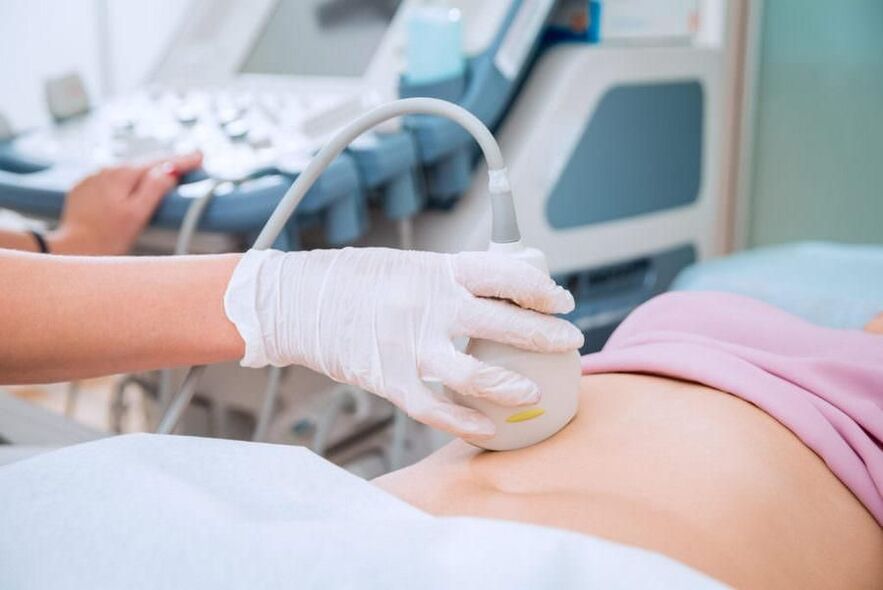Initially, the worms enter the intestines, grow for 40-80 days, and gradually transform into adult worms, which later in their development lay eggs that are excreted in the feces.
disease cause
Type of worm
- touch. Transmitted from person to person.
- Geoworm disease. No intermediate host is required for development; the habitat is soil.
- Biological helminthiasis. Life requires at least two living things.
- Nematodes (roundworms) are the cause of roundworms and nematodes.
- Spinyheads (acanthocephalans) – Disease: Spinyheads.
- Trematodes (trematodes) – cause opiodiasis and fascioliasis.
- Cestodes – Tapeworm, Echinococcus.
clinical picture
- acute.Duration – 2-8 weeks.Toxic syndrome and allergy are common: weakness, weakness, nausea, vomiting, fever, rash, swollen lymph nodes, feeling of lack of air, bloating and abdominal pain. Its pathological symptom is bruxism (teeth grinding). Mainly occurs at night. Local changes are possible - redness and inflammation of the perianal area.
- chronic.Duration - several years.Patients worry about uncomfortable bowel movements, lower abdominal pain, sour or bitter burps, indigestion, and intolerance to certain foods. Damage to the liver and gallbladder can lead to jaundice (changes in skin color) and hepatitis. Nematodes can cause bronchitis, pneumonia, respiratory failure and inflammation of the heart muscle. Penetration into the central nervous system is accompanied by mood swings, irritability, difficulty remembering new information, and insomnia.

complication
diagnosis
- Scrape from the perianal area;
- Examination of biological materials (vomitus, urine, sputum, feces);
- co-programming;
- Allergy testing.

treat
prevention
- Wash your hands after using the toilet, after returning from a walk, and before eating.
- Say no to bad habits.
- Rinse vegetables, apples, oranges under the tap.
- Process the product correctly.
- Drink boiled water.
- Active lifestyle.

























